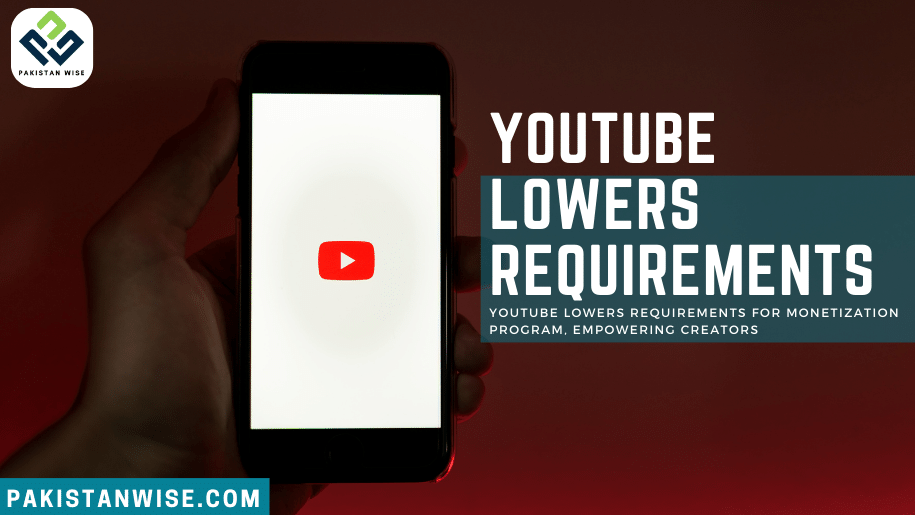YouTube is making it easier for creators to monetize their content through its YouTube Partner Program (YPP). The platform is reducing the eligibility requirements for accessing monetization tools, such as Super Thanks, Super Chat, Super Stickers, channel memberships, and YouTube Shopping. This move is aimed at empowering more creators to earn revenue from their videos.
Under the new guidelines, U.S.-based creators who are part of YPP and have at least 500 subscribers can apply for monetization. They should also have made three public uploads in the last 90 days and meet either the criteria of 3,000 watch hours in the past year or 3 million Shorts views in the last 90 days. Previously, the threshold was set at 1,000 subscribers and either 4,000 watch hours or 10 million Shorts views.
This adjustment in requirements is a significant development as it allows creators with smaller audiences to access monetization tools, opening up new opportunities for content creators to generate income. The change acknowledges the diverse range of creators on the platform and aims to provide support for those who have a dedicated following but may not have reached the previous subscriber and view thresholds.
The decision to lower the barrier to entry for monetization is a positive step by YouTube. By expanding access to revenue-generating features, the platform is fostering a more inclusive environment for content creators, irrespective of their subscriber count. This move can encourage aspiring creators to invest more time and effort into producing quality content, knowing that they have the potential to earn from their creative endeavors.
However, one aspect that has raised some concerns is the requirement for three video uploads in the last 90 days. While this criterion may not pose a challenge for creators who regularly produce shorter videos, it could present difficulties for those who specialize in longer-form content. The time and effort required to create high-quality, lengthy videos can make it challenging for creators to consistently meet the three-video threshold within a 90-day timeframe, despite their ability to amass significant views and engagement on their content. YouTube may need to reconsider this requirement to better accommodate creators of various formats and ensure that deserving creators are not inadvertently excluded.
YouTube’s decision to introduce these new eligibility criteria is initially being implemented in the U.S., the U.K., Canada, Taiwan, and South Korea. However, YouTube plans to expand this program to other countries where the YouTube Partner Program is available. This global expansion will provide creators worldwide with enhanced opportunities to monetize their content and grow their channels.
To further support creators, YouTube is also expanding its Shopping affiliate pilot program. Creators who are already part of YPP and have over 20,000 subscribers will be eligible to tag products in their videos and Shorts, allowing them to earn a commission on sales generated through these tags. This initiative aims to bridge the gap between content creation and e-commerce, offering creators an additional revenue stream through affiliate marketing.
The introduction of these new programs showcases YouTube’s ongoing commitment to the creator community and its continuous efforts to provide them with innovative ways to monetize their content. The platform’s announcement of these developments at the VidCon conference indicates its dedication to fostering an environment conducive to creativity and entrepreneurship.
YouTube’s recent policy changes and feature introductions highlight its focus on monetizing Shorts content. In February, the platform began sharing ad revenue with Shorts creators, incentivizing the production of short-form videos. During the company’s Q4 2022 earnings call, it was revealed that Shorts had surpassed 50 billion daily views, underscoring the popularity and potential of this format. By offering revenue-sharing opportunities and expanding the monetization tools available for Shorts, YouTube is capitalizing on the success of this content type and nurturing its growth.
In addition to Shorts, YouTube has also taken steps to support artists through initiatives like Creator Music. This tool enables musicians to earn money by allowing their music to be used in videos. Moreover, the platform has introduced a new metric to track an artist’s reach across different formats, including Shorts. These efforts demonstrate YouTube’s commitment to empowering musicians and helping them monetize their work while providing a diverse range of content for users to enjoy.
YouTube’s decision to lower the eligibility requirements for its monetization program is a significant development that benefits creators by providing them with increased opportunities to earn revenue from their content. The expanded access to monetization tools and the introduction of the Shopping affiliate program represent positive steps toward fostering a more inclusive environment for creators on the platform. As YouTube continues to evolve and adapt to the needs of its creator community, it sets the stage for a thriving ecosystem where creators can unleash their creativity while earning a sustainable income.

